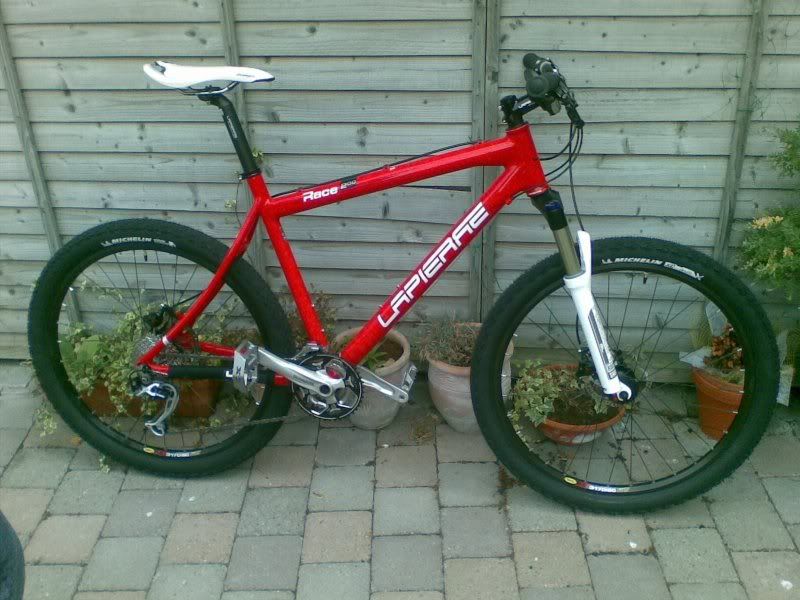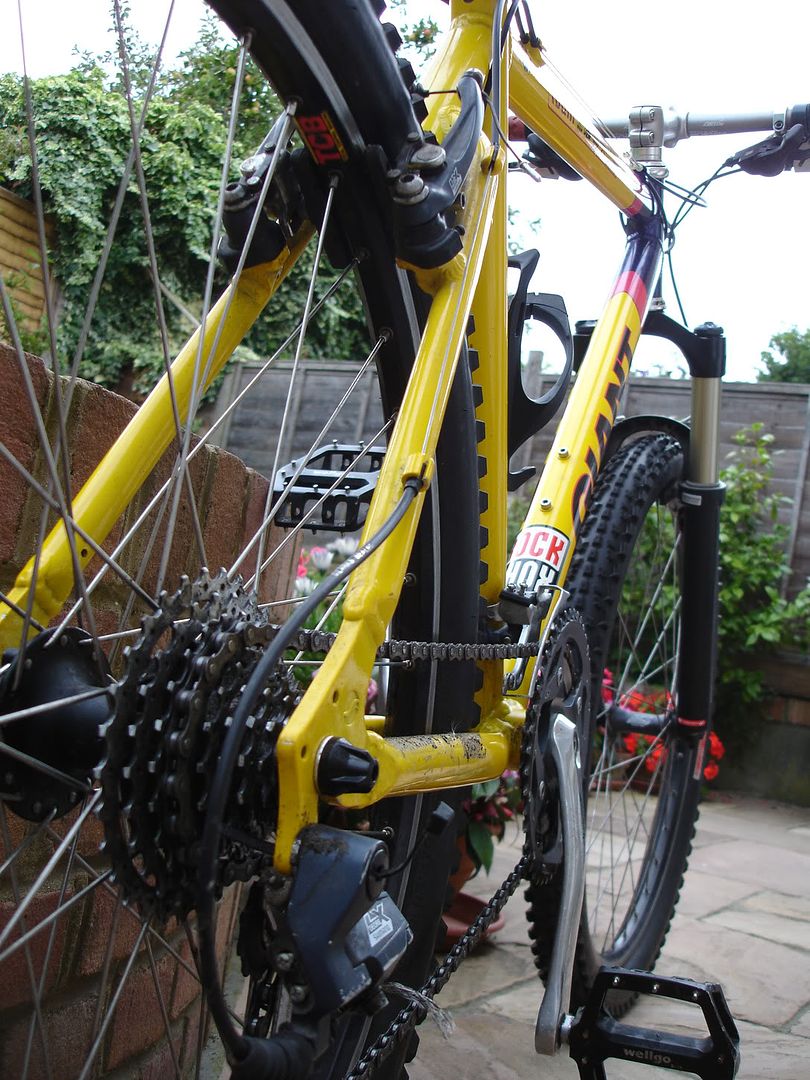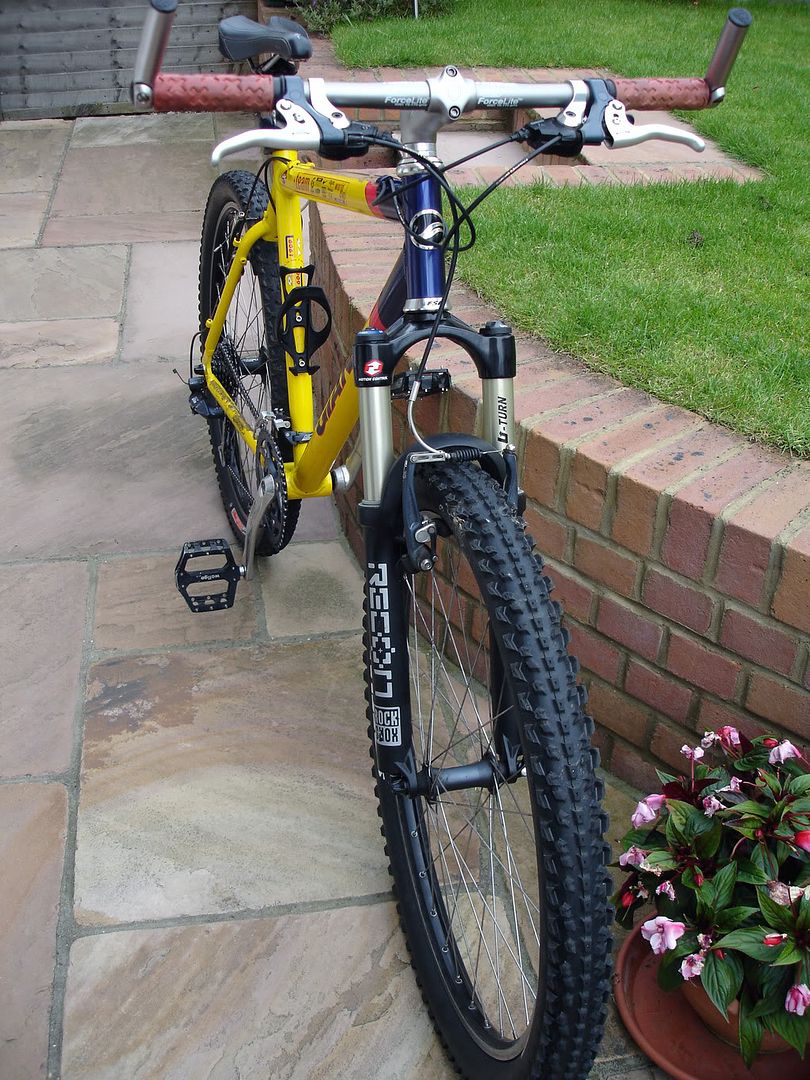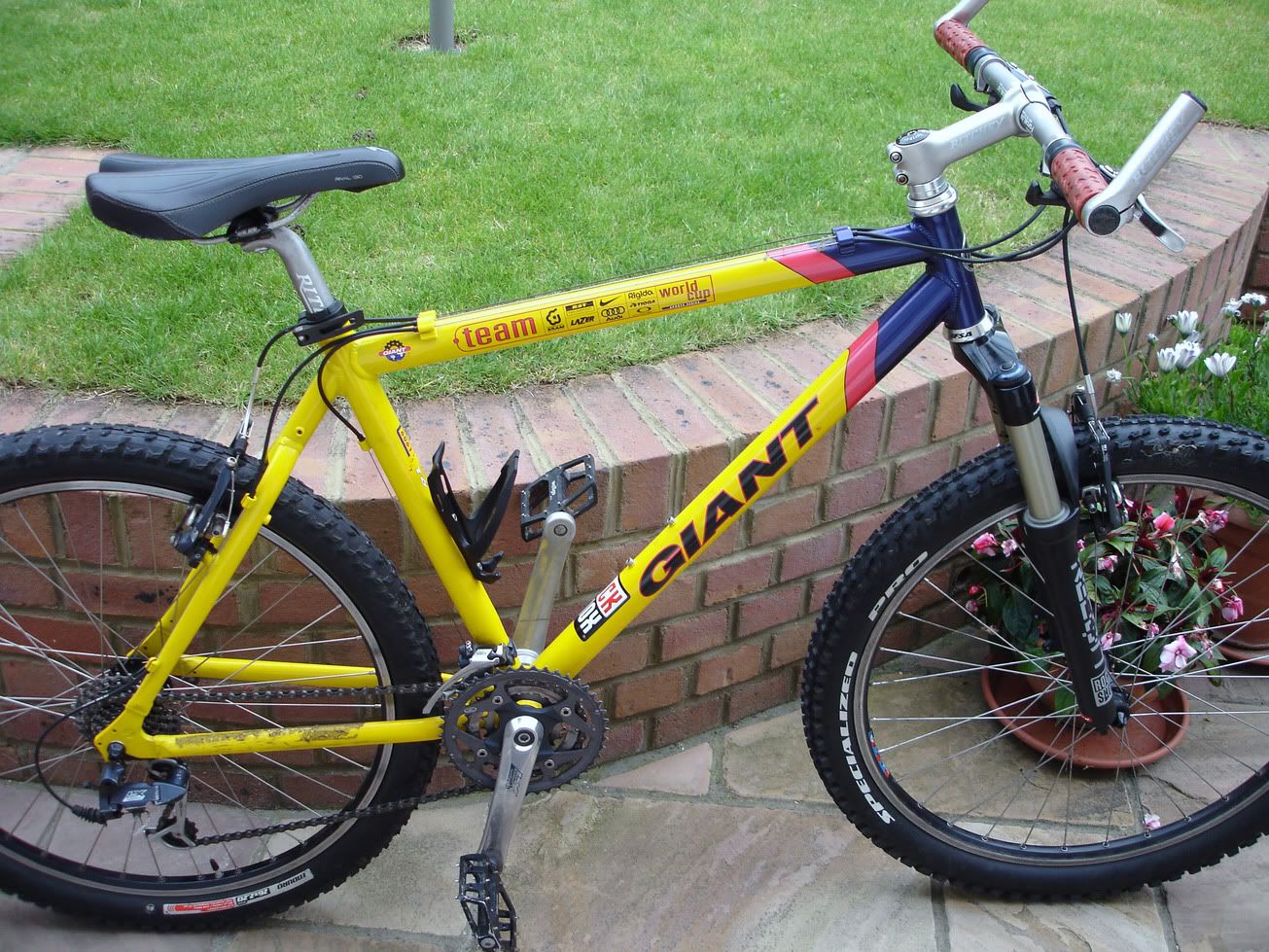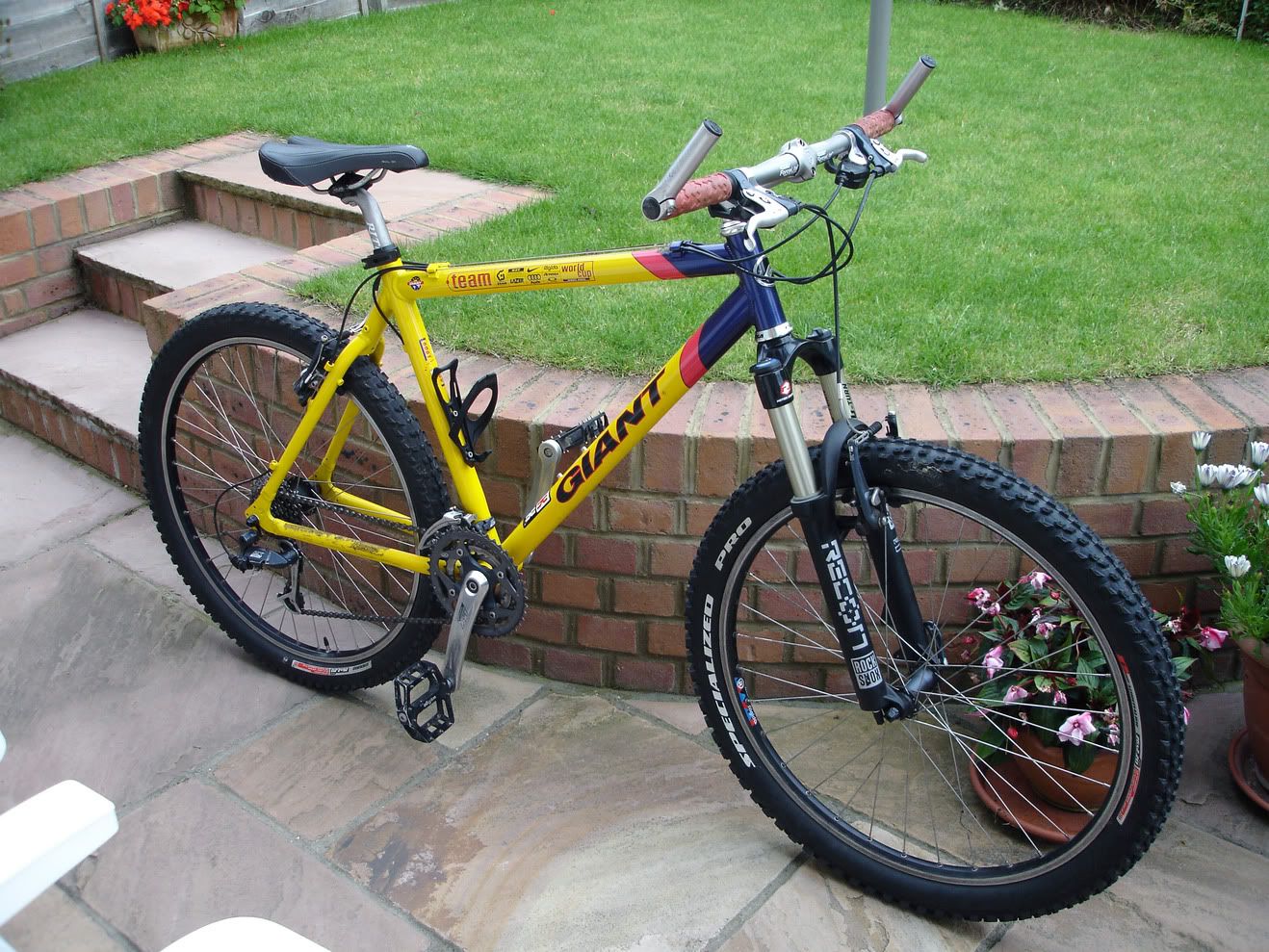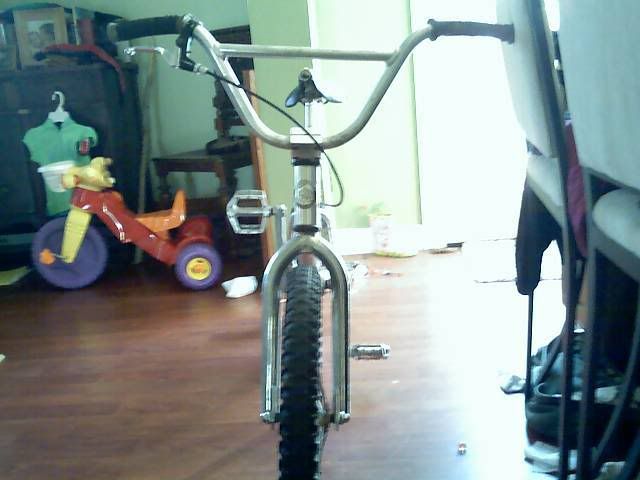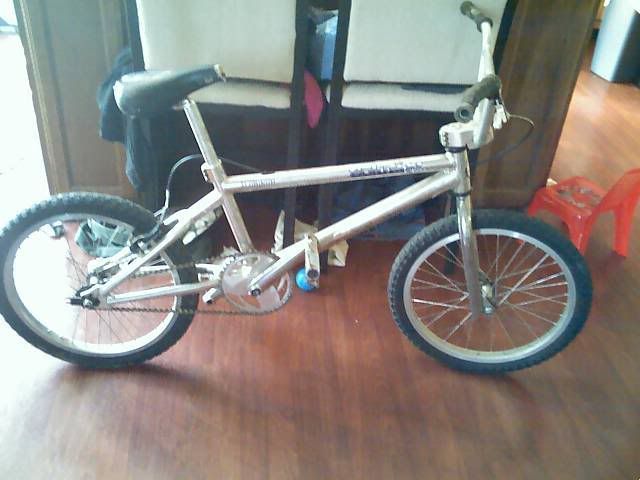MaKo´s Tethan
Well-Known Member
ok, this is my dirt/dh bike, is not a big thing, but I don`t want to expend more money in bikes (I wanna build a house).
I use it for urban thing, trialbike, dirt jump and a little down hill, not too much, the fork sucks, need a real one.




post your bikes!!
I use it for urban thing, trialbike, dirt jump and a little down hill, not too much, the fork sucks, need a real one.




post your bikes!!






